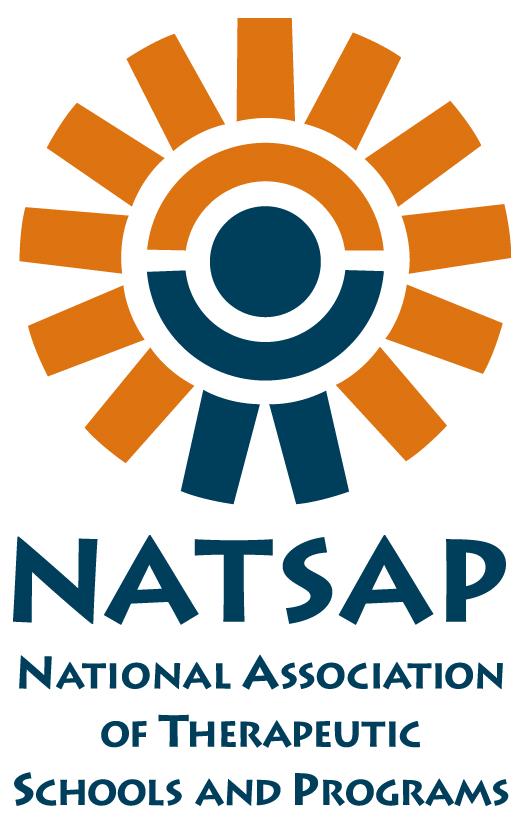On May 17, 2013, the LA Times published an article about the increase in mental illness among adolescents. Author Melissa Leary stated, “Between 2005 and 2010, roughly 2 million American adolescents between 12 and 17 acknowledged that for more than half of the previous month, they routinely had felt sad, angry, disconnected, stressed out, unloved or possibly willing to hurt themselves — or others. It should come as no surprise, then, in light of these statistics, that in 2010, suicide was the second-leading cause of death among American children between the ages of 12 and 17.”
The Centers for Disease Control and Prevention (CDC) released their Mental Health Surveillance Among Children – United States 2005-2011 report on May 17, 2013. The report indicated that of adolescents ages 12 – 17:
- 4.7% reported an illicit drug use disorder in the past year
- 4.2% had an alcohol abuse disorder in the past year
- 2.8% had cigarette dependence in the past month
- 8% reported having 14 or more mentally unhealthy days in the past month
The studies show increases in mental illness in children and adolescents which can be attributed to an increased awareness in general of mental illness. On a positive note, diagnosing and obtaining treatment early increases the coping skills and experiences of children and teens. It is very important to provide young people with the tools needed to compensate or overcome issues and build self esteem.
The CDC report named ADHD, depression, anxiety, behavior or conduct disorders and suicide among the top issues among children and teens.
If your teenager is having difficulties with ADHD, depression, substance or alcohol abuse, suicidal thoughts or actions, anxiety, behavior or conduct disorder or other issues, seek help.
The clinicians and staff at Triumph Youth Services are highly trained and have extensive experience working with adolescent youth. Triumph Youth Services offers a small, highly structured family-type environment for youth. This family-like community promotes a social environment that takes on both therapeutic and healing properties instead of maintaining negative behaviors.
Reference
http://articles.latimes.com/2013/may/17/science/la-sci-mental-illness-youth-20130516
http://www.cdc.gov/mmwr/preview/mmwrhtml/su6202a1.htm?s_cid=su6201a2_w#Tab3












